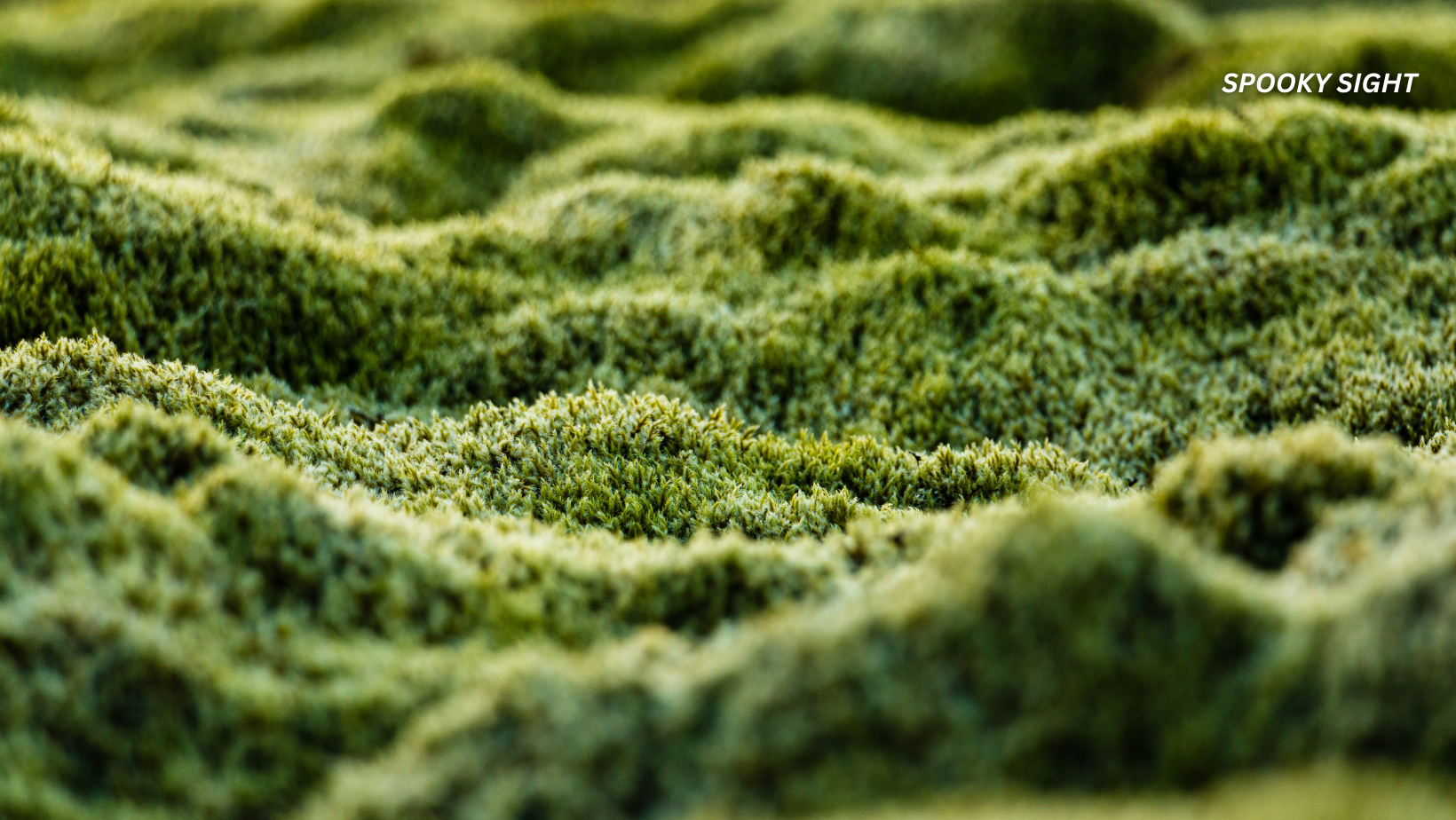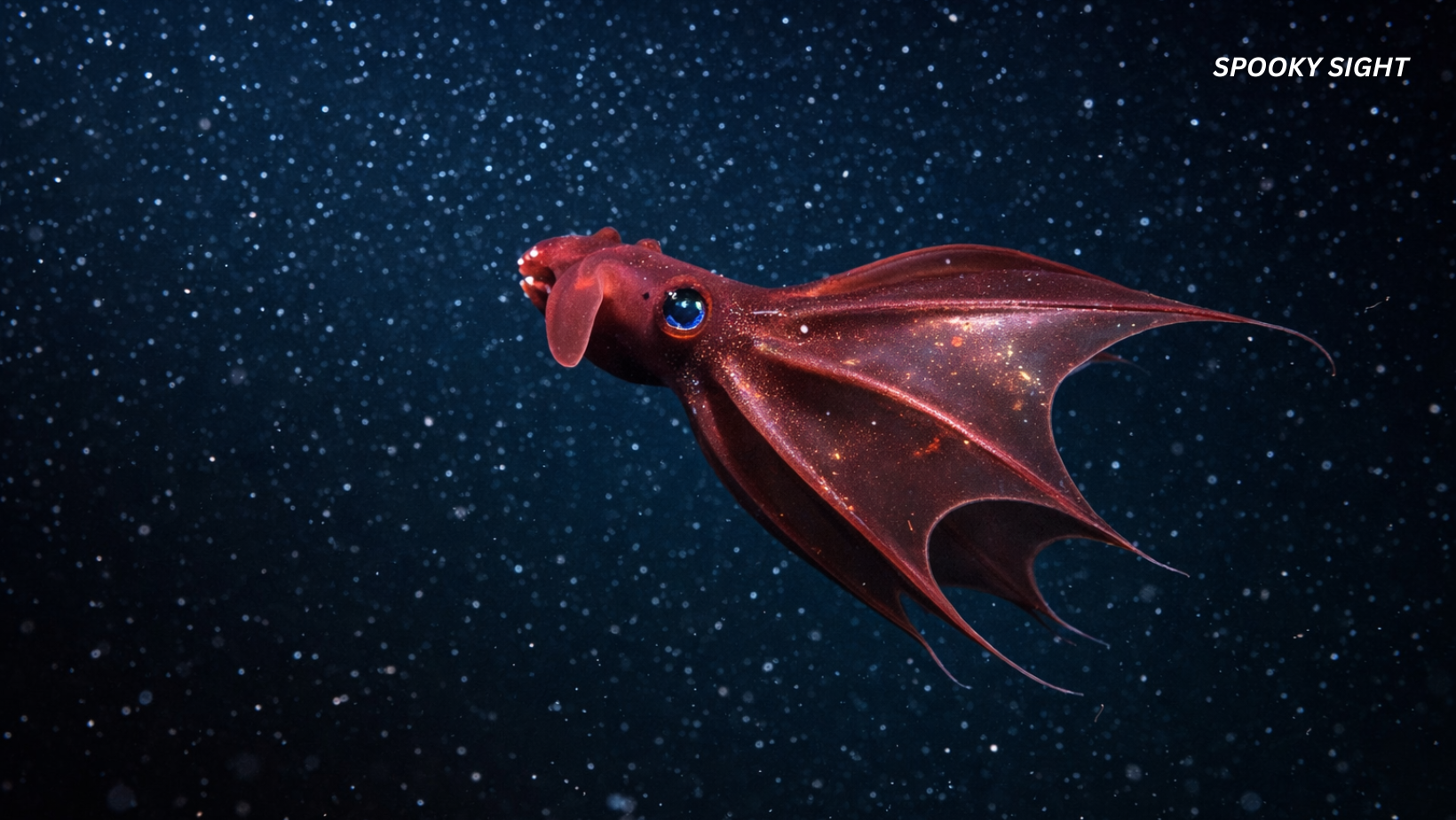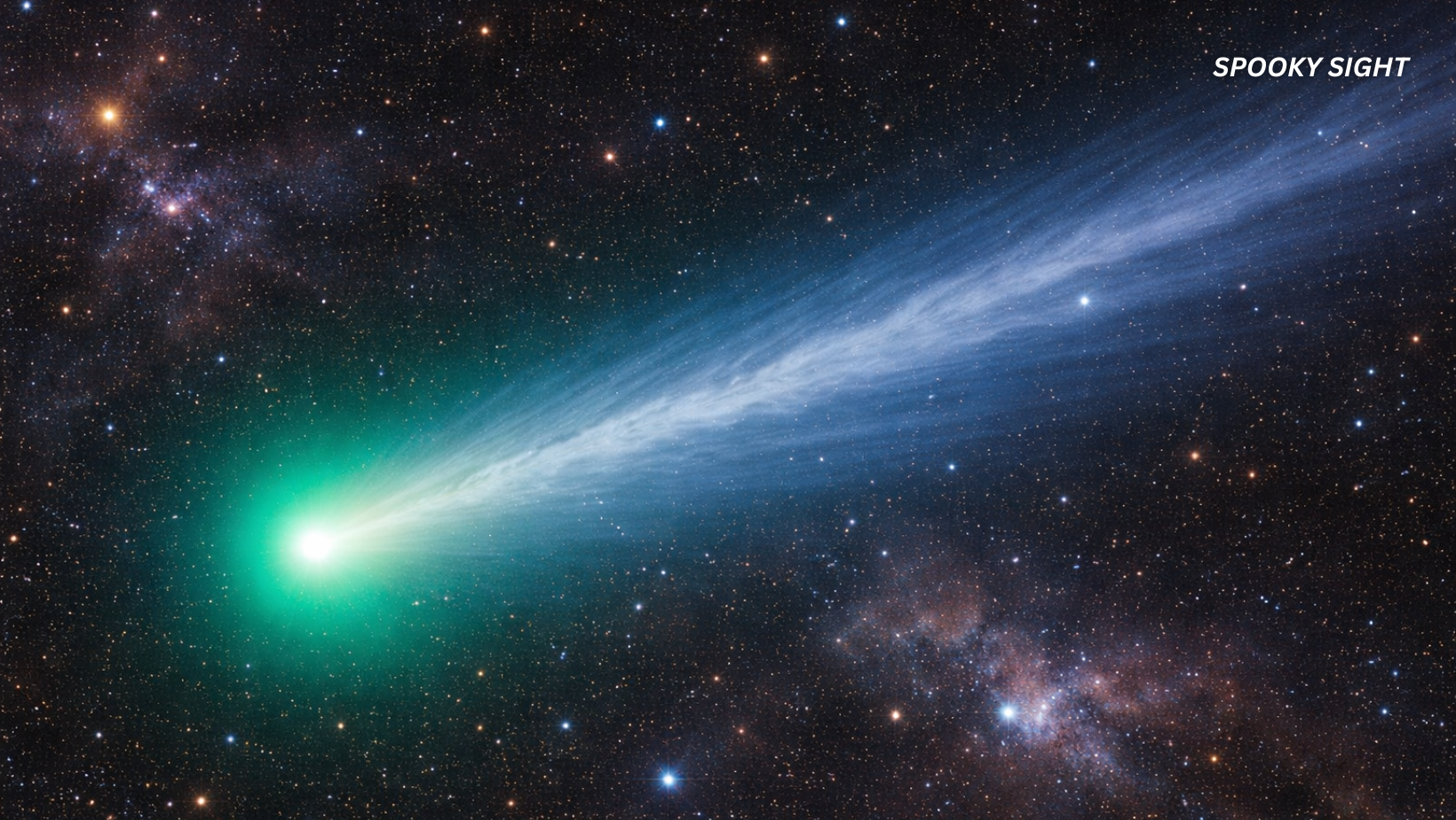In a stunning revelation that enriches the tapestry of Southeast Asian history, archaeologists in Thailand have uncovered a remarkable collection of ancient metal treasures beneath one of the country’s most venerable religious monuments – a reclining Buddha statue estimated to be approximately 1,300 years old. This discovery not only adds depth to our understanding of early Buddhist art and ritual but also highlights the cultural vibrancy of the Dvaravati period, a formative era in Thai history spanning the 6th to 11th centuries.
The Setting: Wat Dhammachak Semaram and Its Ancient Reclining Buddha
Nestled in the district of Sung Noen within Nakhon Ratchasima Province, Wat Dhammachak Semaram is renowned for housing Thailand’s oldest reclining Buddha statue. Carved from sandstone, this imposing figure measures nearly 43 feet (13.3 meters) in length and dates back to around CE 657, during the reign of King Ramaraj of Ramburi, an ancient polity possibly linked to Ayodhyapura. Unlike many other Buddha statues that have been covered with layers of stucco or paint, this reclining Buddha retains its original sandstone surface, bearing the marks of time with worn features and slightly misaligned blocks, which lend it an authentic, weathered grandeur7.
Reclining Buddha statues traditionally symbolize the Buddha’s final moments before entering parinirvana, or complete nirvana after death. The pose is deeply symbolic in Buddhist iconography, representing the peaceful release from the cycle of rebirth. Wat Dhammachak Semaram, sometimes referred to locally as Wat Phra Norn (“Temple of the Reclining Buddha”), has long attracted pilgrims and scholars alike, but recent excavations have revealed that its significance extends far beyond the visible statue.
Read more: A Wall In A 15th-Century Church Collapsed, Releasing 12 Buried Skeletons Stashed Inside
The Discovery: A Cache of Ancient Ornaments and Ritual Objects
The archaeological breakthrough occurred somewhat serendipitously during restoration work aimed at installing an underground drainage system around the statue. Workers digging just over a meter (approximately four feet) beneath the Buddha stumbled upon a ceramic vessel containing a trove of 33 metal artifacts crafted from gold, silver, and bronze. These items included intricately designed gold rings, silver earrings, and bronze hoop earrings. Notably, some of the silver earrings featured spiral motifs closely resembling adornments found at other Dvaravati sites, suggesting a shared cultural and artistic tradition across the region.
Encouraged by this initial find, archaeologists expanded their excavation efforts, revealing three additional significant artifacts that shed light on the religious and artistic practices of the time.
The Gold Repoussé Plaque
One of the standout discoveries was a rectangular gold sheet measuring approximately three inches by five inches (7.5 by 12.5 centimeters). This plaque was crafted using the repoussé technique, an ancient metalworking method where designs are hammered into relief from the reverse side. The plaque depicts a seated Buddha in the vitarka mudra – a gesture symbolizing teaching and intellectual discussion – surrounded by a large halo. The Buddha’s characteristic features are finely detailed, including spiral curls on the head, elongated earlobes signifying wisdom, and a robe draped elegantly over one shoulder.
A small hole in the upper right corner of the plaque suggests it may have been suspended by a string, indicating it could have served as a hanging ornament or ritual object, possibly worn or displayed during religious ceremonies.
The Lead-Tin Alloy Plaque Featuring Brahma
The second repoussé plaque, crafted from a lead-tin alloy, portrays a standing Buddha framed within an arched border, flanked by two attendants. The figure on the right is believed to represent Brahma, the Hindu creator god, reflecting the syncretic blending of Hindu and Buddhist iconography characteristic of the Dvaravati period. The left attendant’s identity remains unclear due to damage sustained over the centuries.
This plaque’s iconography aligns with other Dvaravati-era artworks, such as those housed in the National Museum Bangkok, underscoring the region’s role as a cultural crossroads where religious traditions intermingled and flourished.
The Ritual Offering Behind the Buddha’s Head
Perhaps the most intriguing find was a compact stack of metal sheets sealed within hardened soil mixed with clay and cement, discovered directly behind the reclining Buddha’s head. Though the imagery on these sheets is largely obscured due to deterioration, their deliberate placement suggests they were part of a ritual offering, intentionally deposited as an act of devotion or consecration.
Phanombutr Chantrachot, director-general of Thailand’s Fine Arts Department, highlighted the significance of this find, emphasizing that the location and careful sealing indicate purposeful ritual use rather than casual discard.
Read more: Intelligence on Earth Has Evolved Independently at Least Twice: Scientists
The Dvaravati Period: A Cultural and Religious Nexus
The artifacts unearthed at Wat Dhammachak Semaram provide compelling evidence that this site was a thriving religious center during the Dvaravati period, a time when central Thailand was a melting pot of Buddhist and Hindu influences. The Dvaravati culture is known for its sophisticated metalworking, artistic expression, and the spread of Theravada Buddhism, which profoundly shaped the region’s spiritual landscape.
These discoveries complement existing knowledge of Dvaravati art, which often features repoussé metalwork, stone sculptures, and religious iconography blending Buddhist and Hindu motifs. The find also challenges previous assumptions that early Thai Buddhism was concentrated primarily around sites like Wat Phra Prathon Chedi in Nakhon Pathom, suggesting that Nakhon Ratchasima Province played a similarly pivotal role.
Conservation and Public Access
Following their recovery, the artifacts were transferred to the Phimai National Museum, where experts are meticulously conserving and cataloging them for future research and public exhibition. This ensures that these cultural treasures remain accessible for scholars and visitors, allowing a broader audience to appreciate the artistry and religious devotion of ancient Thailand.
The museum’s stewardship also provides opportunities for interdisciplinary study, combining archaeology, art history, and religious studies to reconstruct the spiritual and cultural milieu of the Dvaravati era.
Broader Significance and Future Research
This discovery not only enriches the historical narrative of Thailand but also contributes to a deeper understanding of Southeast Asia’s interconnected religious traditions. The interplay of Buddhist and Hindu elements in the artifacts exemplifies the region’s dynamic cultural exchanges, facilitated by trade routes and political alliances.
Moreover, the find invites further archaeological exploration in the area, as the presence of such significant artifacts hints at additional buried treasures and structural remains that could illuminate the daily lives, beliefs, and artistic achievements of the Dvaravati people.
Visiting Wat Dhammachak Semaram Today
For those intrigued by ancient history and religious art, Wat Dhammachak Semaram offers a unique glimpse into Thailand’s distant past. The temple complex, with its weathered yet majestic reclining Buddha, stands as a testament to centuries of faith and craftsmanship. Nearby, visitors can explore a small museum showcasing artifacts recovered from the site, providing context and enriching the experience.
The temple’s location in northeastern Thailand makes it an excellent destination for cultural tourism, where one can also visit other historical sites in the region, creating a full day of exploration into Thailand’s rich heritage.
Read more: Archaeologists Mistook It for Scrap—Then Realized It Was a Chariot Tire From the Iron Age
Conclusion
The unearthing of these 1,300-year-old metal treasures beneath Thailand’s oldest reclining Buddha statue marks a milestone in archaeological discovery. These artifacts, from finely crafted gold plaques to ritual deposits, illuminate the religious artistry and cultural syncretism of the Dvaravati period. As conservation efforts continue and research unfolds, this find promises to deepen our understanding of Southeast Asia’s spiritual history and the enduring legacy of its ancient artisans.
This remarkable discovery underscores how even well-known monuments can still hold secrets beneath their surface, waiting patiently for modern eyes to reveal their stories. It reminds us that history is a living dialogue between the past and present, continually enriched by new findings that challenge and expand our knowledge.
Featured image: Wikimedia commons.









